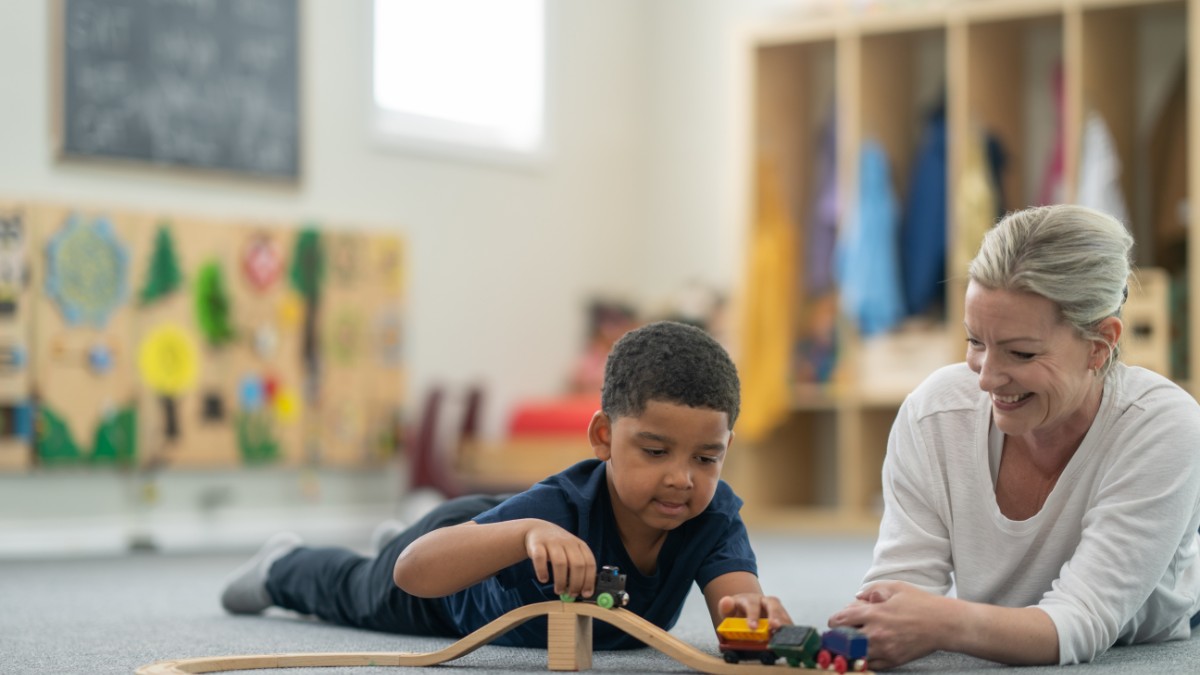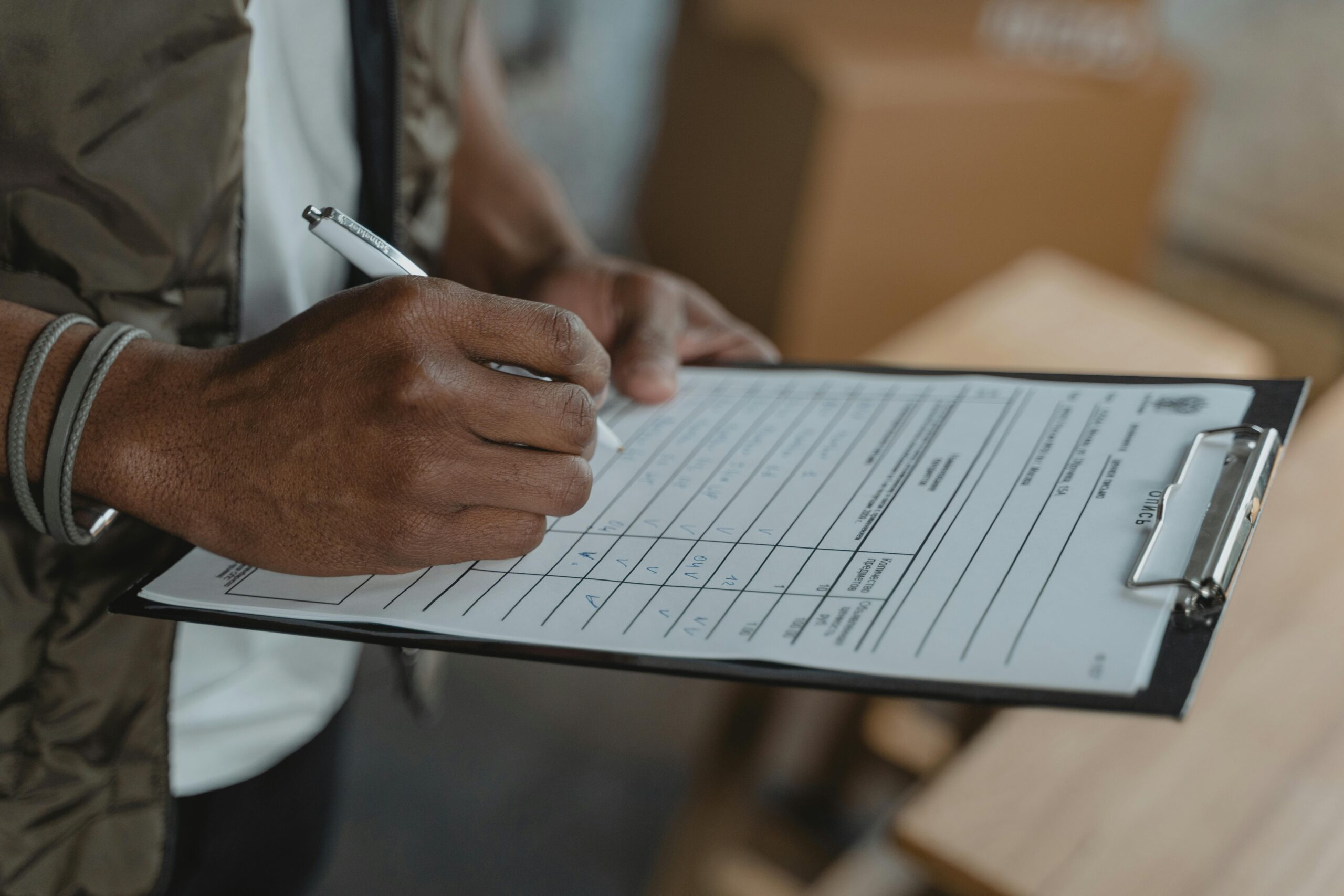Key Points:
- In-home ABA therapy in Maryland provides tailored support in a child’s natural environment to address behavior, communication, and social skills.
- Parents can expect structured routines, active involvement in therapy, and clear goals tracked by data.
- Steady Steps offers in-home ABA therapy with a focus on family collaboration and personalized care plans.
When a child is diagnosed with autism spectrum disorder (ASD), one of the most common and evidence-based treatments recommended is Applied Behavior Analysis (ABA) therapy. For many families in Maryland, in-home ABA therapy is not only a convenient option—it’s often the most effective way to support their child’s development in a familiar and comfortable setting. ABA therapy providers in Maryland, like Steady Steps, offer individualized services that blend seamlessly into your child’s daily life, making the learning process natural and sustainable.
But if you’re a parent navigating this for the first time, you might be wondering: What exactly does in-home ABA therapy involve? What does a typical session look like? How much should you be involved? Let’s break it all down.
What Is In-Home ABA Therapy?
In-home ABA therapy refers to behavioral therapy delivered in the child’s own home instead of a clinic or school setting. It’s still guided by the principles of ABA—like reinforcement, prompting, and behavior modification—but it’s uniquely adapted to the child’s daily routines and family dynamics.
This format allows therapists to observe and work through challenges in real-time, whether that’s during mealtimes, bedtime routines, or social play. It also means more opportunities for natural learning and parent involvement.
At Steady Steps, we’ve seen how this kind of therapy fosters not just developmental gains but also strong family relationships and routines that support long-term progress.
Who Is In-Home ABA Therapy For?
In-home ABA therapy in Maryland is generally recommended for:
- Children with ASD, especially those aged 18 months to 12 years.
- Families seeking therapy in a familiar, comfortable environment.
- Children who benefit from one-on-one attention outside of a classroom or clinic.
- Parents who want to be actively involved in their child’s learning and behavior goals.
The service is highly flexible and can be tailored to fit different schedules, age groups, and developmental needs.
What to Expect in Your First Few Sessions
Starting ABA therapy can feel overwhelming. But knowing what to expect can take the pressure off. The initial phase usually includes assessment, goal-setting, and rapport-building.
Here’s what typically happens:
- Initial Assessment: A Board Certified Behavior Analyst (BCBA) will conduct a Functional Behavior Assessment (FBA) to understand your child’s strengths, challenges, and triggers. This includes interviews, observations, and sometimes caregiver questionnaires.
- Customized Treatment Plan: Based on the assessment, the BCBA creates an individualized therapy plan that outlines specific goals—whether that’s improving communication, reducing tantrums, or increasing focus during tasks.
- Therapist Introduction: Your child will start working with a Registered Behavior Technician (RBT) under the supervision of the BCBA. The first few sessions will focus on building trust and comfort.
- Parent Training: From the beginning, you’ll be coached on how to support therapy goals at home. This ensures continuity and increases the chances of success.
Components of a Typical In-Home ABA Session
No two ABA sessions look exactly the same—but they do follow a structured flow designed to reinforce learning and track progress. Here are the common elements you can expect:
1. Warm-Up and Pairing
The therapist begins by engaging in preferred play or activities with your child to build rapport. This helps ease anxiety and establishes trust, which is essential for productive sessions.
2. Skill-Building Exercises
These may include:
- Language Development (e.g., requesting items, labeling objects).
- Daily Living Skills (e.g., brushing teeth, putting on clothes).
- Social Skills (e.g., turn-taking, sharing).
All activities are broken down into small, teachable steps using prompts and reinforcement strategies.
3. Behavior Management
If your child displays challenging behaviors (like aggression or self-injury), therapists use data-driven strategies to reduce these behaviors over time. Plans are created with proactive and reactive strategies, and parents are trained to respond consistently.
4. Data Collection
Throughout each session, therapists collect data on every goal. This allows the BCBA to monitor progress and adjust strategies when needed.
5. Parent Check-In
Many sessions end with a quick discussion with parents to share wins, challenges, and suggestions for practice between sessions.
Benefits of In-Home ABA Therapy in Maryland
Choosing in-home therapy offers several unique advantages for Maryland families, especially when working with providers like us at Steady Steps:
- Familiar Environment: Kids often feel more relaxed at home, which can reduce anxiety and resistance to therapy.
- Natural Learning Opportunities: Everyday settings provide real-life scenarios for learning, such as mealtime, chores, or sibling interactions.
- Family Involvement: Parents and caregivers are not just observers—they’re partners in the therapy process.
- Flexibility: Sessions can be scheduled around school, naps, or other family commitments.
- Targeted Generalization: Skills learned in therapy are more likely to transfer into daily life when taught in that same setting.
How Parents Are Involved
Parent involvement isn’t just encouraged—it’s critical. You’ll work closely with your BCBA and RBT to reinforce strategies and track behavior outside of sessions. Here are some ways we guide you in participating:
- Hands-On Coaching: We show you how to implement behavior plans and reinforcement systems in real time.
- Progress Reviews: Regular meetings with your BCBA help you understand what’s working and what needs tweaking.
- Training on Key Topics: Topics may include reinforcement techniques, behavior escalation, communication strategies, and more.
- Homework Practice: Simple at-home assignments help your child practice and retain skills between sessions.
The goal is to build your confidence so you feel equipped to support your child long-term.
Common Goals Addressed in In-Home ABA Therapy
ABA therapy is highly individualized, but some of the most common focus areas include:
- Communication Skills
- Teaching basic requests (e.g., “more,” “help”)
- Expanding vocabulary and sentence use
- Using communication devices if needed
- Teaching basic requests (e.g., “more,” “help”)
- Behavioral Challenges
- Managing tantrums, aggression, or self-injury
- Replacing problem behavior with more appropriate alternatives
- Teaching emotional regulation and coping strategies
- Managing tantrums, aggression, or self-injury
- Social Skills
- Making eye contact
- Playing cooperatively with siblings or peers
- Learning greetings and conversational skills
- Making eye contact
- Daily Living Skills
- Toileting
- Dressing
- Feeding
- Cleaning up after play or meals
- Toileting
- School Readiness
- Following instructions
- Sitting for extended periods
- Completing structured tasks independently
- Following instructions
How to Know If Your Child Is Making Progress
ABA therapy is built on measurable outcomes. So how can you tell it’s working?
Here’s what progress might look like:
- Reduction in Problem Behaviors: Fewer meltdowns, better coping.
- Improved Communication: Your child starts using words, signs, or devices to express themselves.
- Skill Independence: Your child begins completing tasks with less support.
- Generalization: Skills learned during therapy show up in other places—like school or grandma’s house.
- Parent Confidence: You feel more empowered to handle difficult behaviors on your own.
At Steady Steps, we meet regularly with families to review data, celebrate wins, and discuss any needed changes.
What Makes a Good In-Home ABA Provider?
Not all ABA services are the same. When choosing a provider in Maryland, look for these key traits:
- Licensed and Certified Staff: BCBAs should be board certified, and RBTs should have proper training and supervision.
- Customized Plans: Therapy goals should be tailored to your child’s unique needs—not one-size-fits-all.
- Family-Centered Approach: Your input should be valued and incorporated into the therapy plan.
- Clear Communication: Regular updates, easy-to-understand data, and open channels for feedback.
- Consistency and Reliability: You want a team that shows up on time and builds a trusting relationship with your family.
Steady Steps offers all of the above, with a focus on collaboration and measurable, meaningful outcomes for families in Maryland.
Final Thoughts: A Supportive, Familiar Path to Growth
In-home ABA therapy is not just convenient—it’s powerful. When therapy happens in your child’s most natural setting, every moment becomes a learning opportunity. It’s also a chance for your whole family to grow stronger, more informed, and better equipped to support your child.
At Steady Steps, our in-home ABA therapy in Maryland is designed to meet your child exactly where they are—both literally and developmentally. Our goal is to help your child build essential life skills while giving you the tools to support their success every step of the way.
Get in touch today to learn more about how our ABA therapy in Maryland can help your family thrive.



